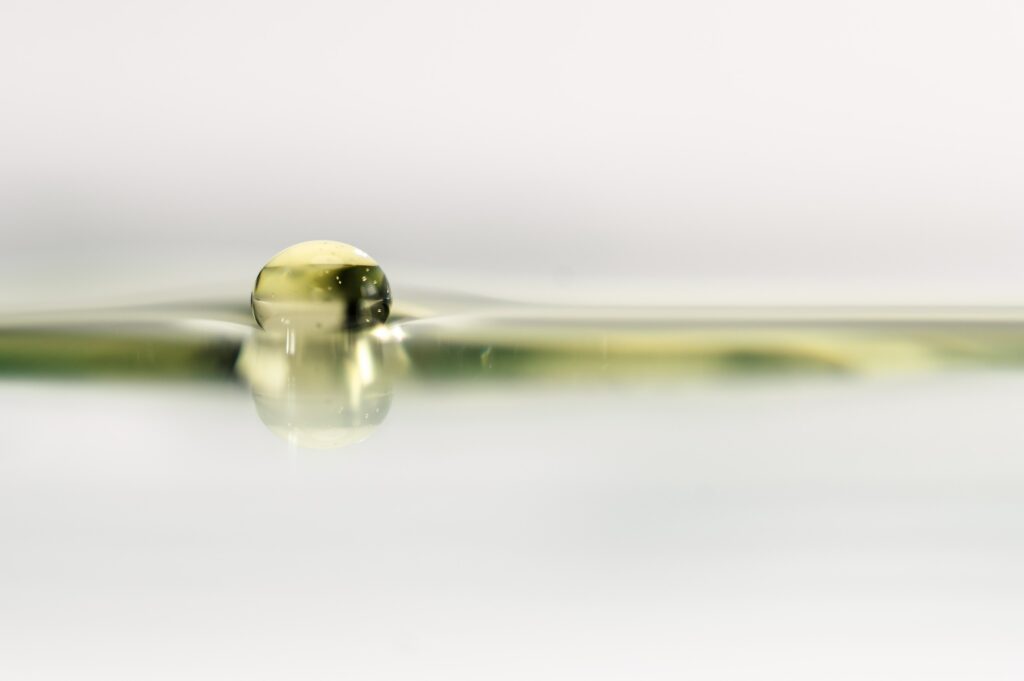Surface tension?

Surface tension refers to the amount of energy required to increase the surface of a liquid per unit area, this energy is needed since liquids exert resistance when increasing the surface.
It arises from the forces that act by cohering the molecules of the liquids and these forces are not the same on the surface and inside the liquid. Since the surface molecules have more energy, the system tends to minimize the total energy from a reduction of the surface molecules; in this way, the area of the liquid is reduced to a minimum.
We can understand surface tension as a kind of elastic membrane that makes it difficult to “enter” the liquid. Due to this phenomenon, some insects have the possibility of perching on the water without sinking. There are various measurements of what the surface tension of a liquid is. However, one of the most widespread and used is known as the Du Nouy method, which is undertaken using two important “tools”, such as a sheet of the liquid in question and an aluminum ring. Starting from these elements, the calculation is carried out taking into account parameters such as the force or the diameter of the aforementioned ring.
One of the properties of surface tension indicates that as the liquid has higher cohesive forces, it will have a higher surface tension. In any case, it must be taken into account that the surface tension is linked to the temperature, the medium and the nature of the liquid.
Let’s perform the following experiment!





Responses